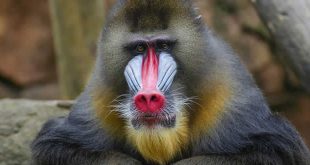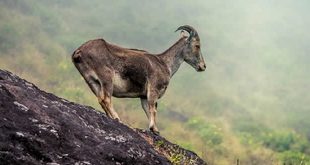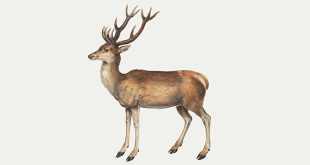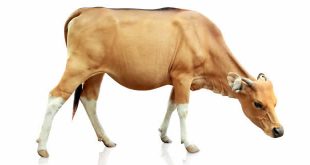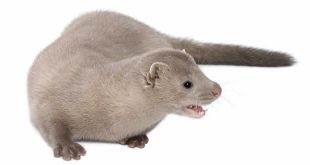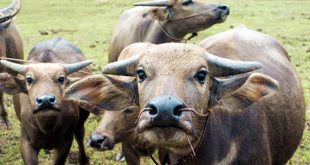 Porpoise — Porpoises are small cetaceans of the family Phocoenidae; they are related to whales and dolphins. They are distinct from dolphins, although the word “porpoise” has been used to refer to any small dolphin, especially by sailors and fishermen. The most obvious visible difference between the two groups is that porpoises have flattened, spade-shaped teeth distinct from the conical teeth of dolphins.
Porpoise — Porpoises are small cetaceans of the family Phocoenidae; they are related to whales and dolphins. They are distinct from dolphins, although the word “porpoise” has been used to refer to any small dolphin, especially by sailors and fishermen. The most obvious visible difference between the two groups is that porpoises have flattened, spade-shaped teeth distinct from the conical teeth of dolphins.
Porpoises, divided into six species, live in all oceans, mostly near the shore. Probably best known is the Harbour Porpoise, which can be found across the Northern Hemisphere.
Porpoises tend to be smaller but stouter than dolphins. They have small, rounded heads and blunt jaws instead of beaks. While dolphins have a round, bulbous “melon”, porpoises do not. Their teeth are spade-shaped, whereas dolphins have conical teeth. In addition, a porpoise’s dorsal fin is generally triangular, rather than curved like that of many dolphins and large whales. Some species have small bumps, known as tubercles, on the leading edge of the dorsal fin. The function of these bumps is unknown.
These animals are the smallest cetaceans, reaching body lengths up to 2.5 metres (8 ft); the smallest species is the Vaquita, reaching up to 1.5 m (5 ft). In terms of weight the lightest is the Finless Porpoise at 30-45 kilograms (65-100 lb) and the heaviest is Dall’s Porpoise at 130-200 kg (280-440 lb). Because of their small size, porpoises lose body heat to the water more rapidly than other cetaceans. Their stout shape, which minimizes surface area, may be an adaptation to reduce heat loss. Thick blubber also insulates them from the cold. The small size of porpoises requires them to eat frequently, rather than depending on fat reserves.
Porpoises are predators of fish, squid, and crustaceans. Although they are capable of dives up to 200 m, they generally hunt in shallow coastal waters. They are found most commonly in small groups of fewer than ten individuals. Rarely, some species form brief aggregations of several hundred animals. Like all toothed whales they are capable of echolocation for finding prey and group coordination. Porpoises are fast swimmers—Dall’s porpoise is said to be one of the fastest cetaceans, with a speed of 55 km/h (34 mph). Porpoises tend to be less acrobatic and more wary than dolphins.
 Kids Portal For Parents India Kids Network
Kids Portal For Parents India Kids Network
